Search
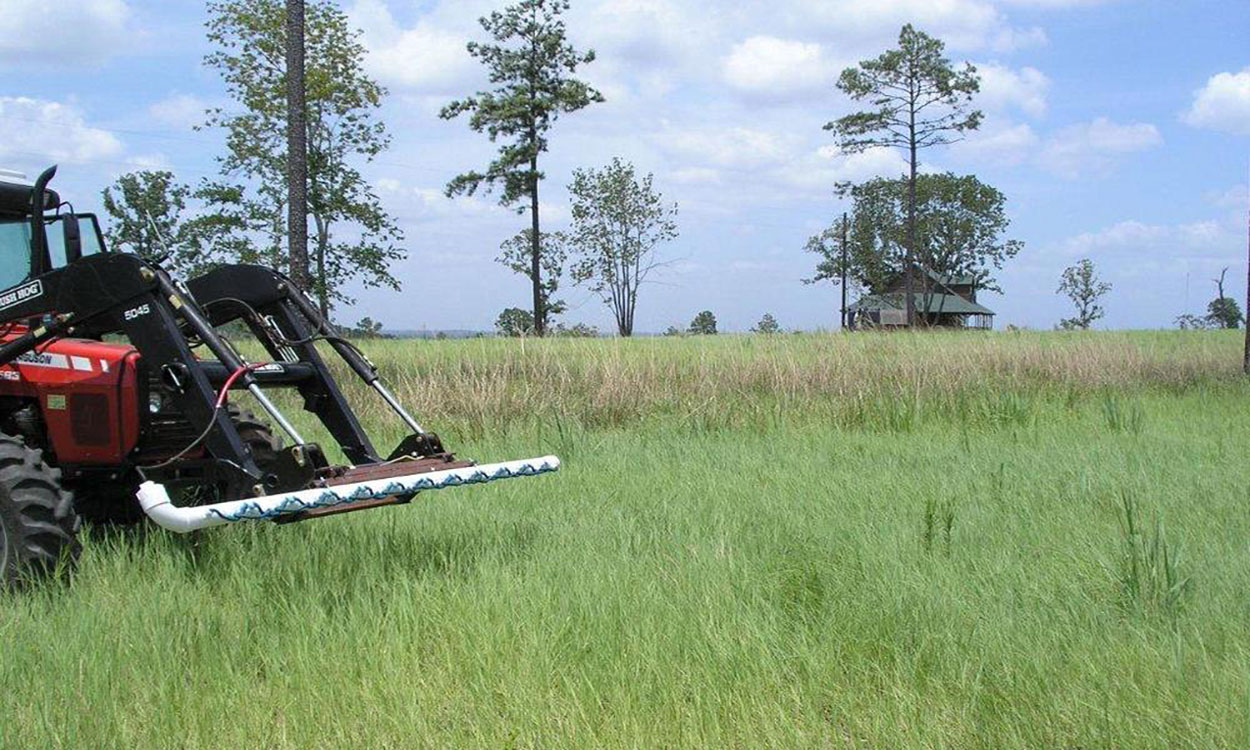
Low-Cost and Adaptable Plans to Build a Wick Applicator for Herbicides
From crop fields to home gardens, wick applicators can manage weeds by applying herbicides directly to weeds growing at a set height above desirable plants. Learn how to build one yourself in this article.
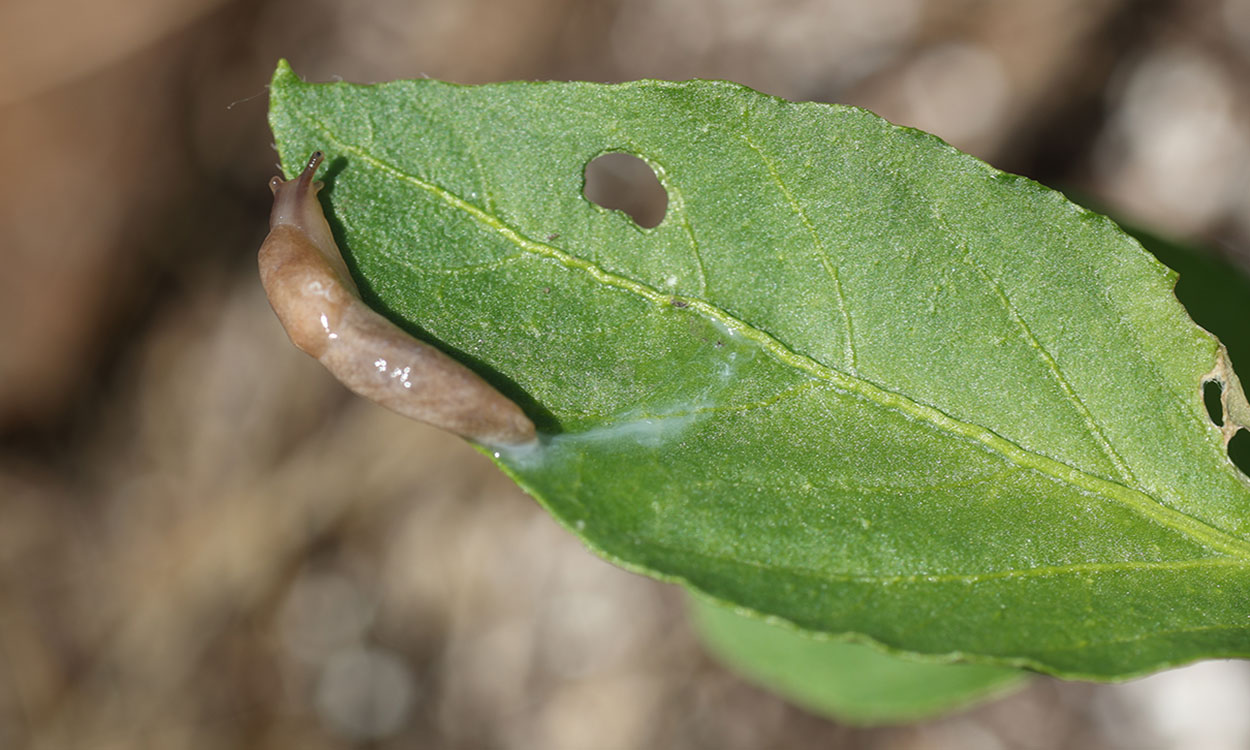
Slugs: The Slimy Defoliators
Have you noticed defoliation in your garden accompanied by distinct trails on plant leaves? The culprit could be slugs, a common pest that can be found during during cool, wet weather and in certain garden micro-climates.
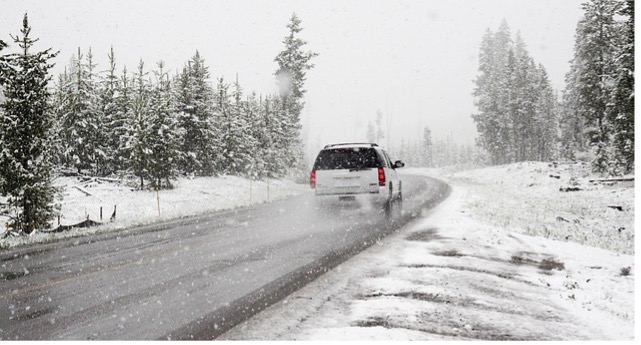
Winter Car Kits
Prepare a winter car kit to keep yourself safe when traveling during the winter.
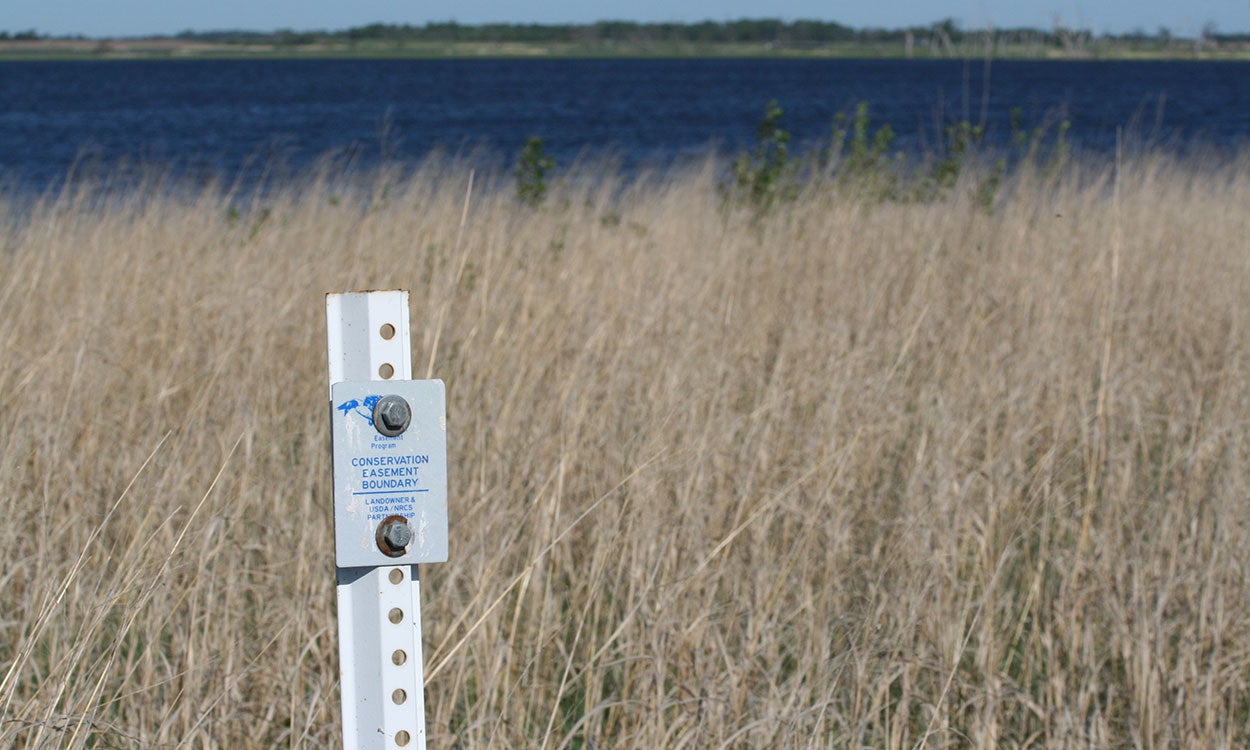
Understanding Conservation Easements
Conservation easements are a common, yet often misunderstood, real estate transaction tool. This article is intended to provide factual information regarding the rules and regulations that govern the use of conservation easements in South Dakota.
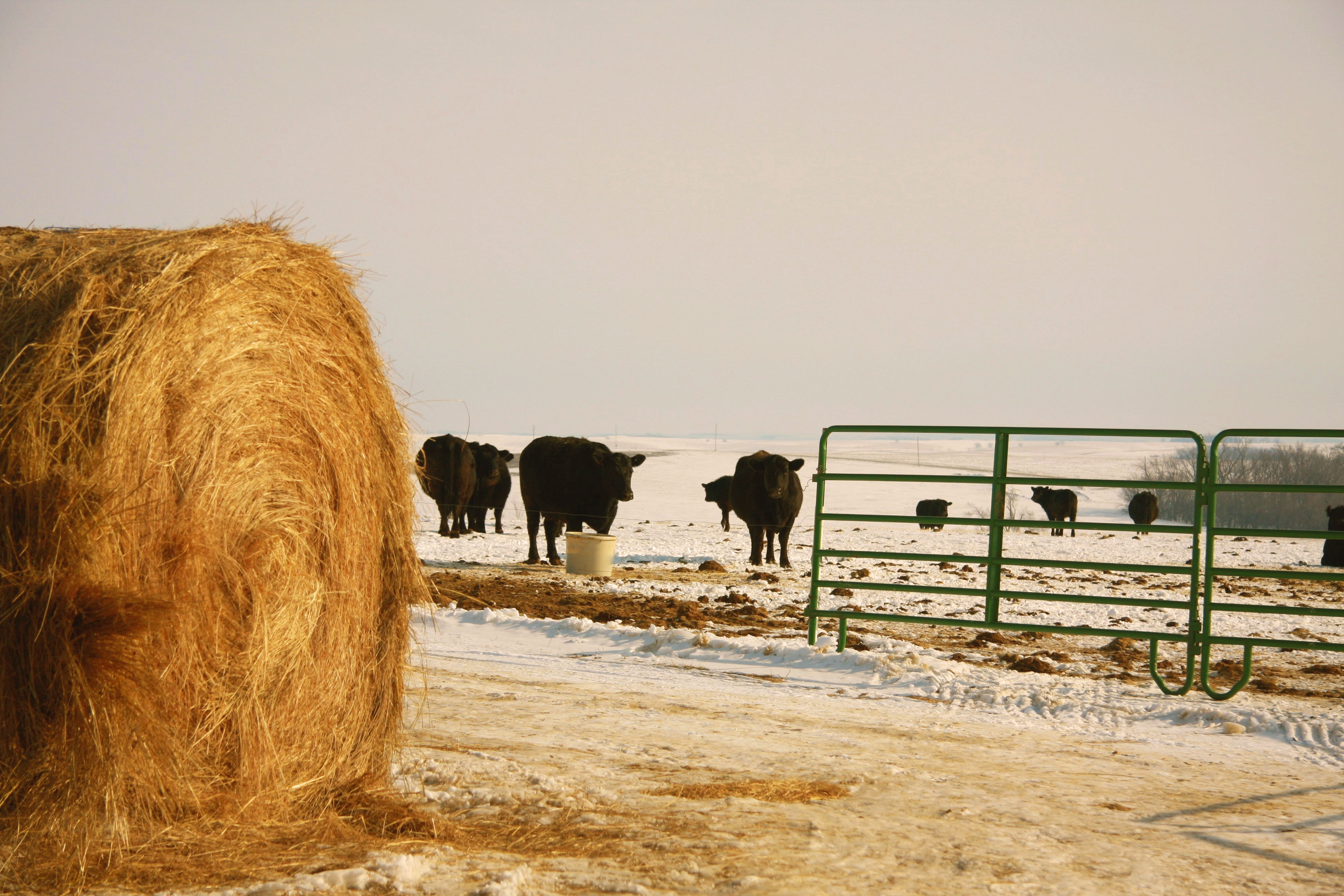
Tightening up Calving Season
One of the most important indicators of success in a cow-calf herd is reproductive efficiency of that population. A major profit-determining factor is the percent of calf crop weaned.
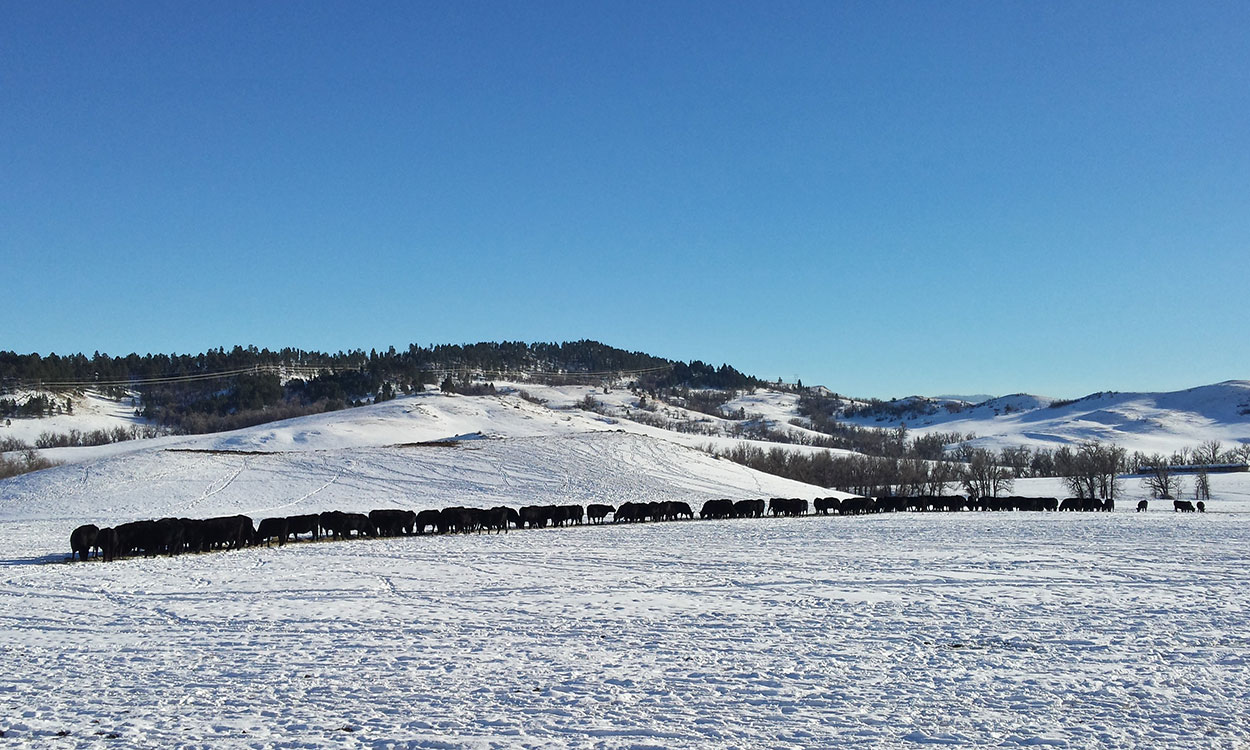
Swath/Bale Grazing
Swath grazing and bale grazing are harvest systems that mesh haying and grazing techniques. Generally, the objective is to reduce labor and equipment expenses by allowing livestock to consume the hay crop in the field.
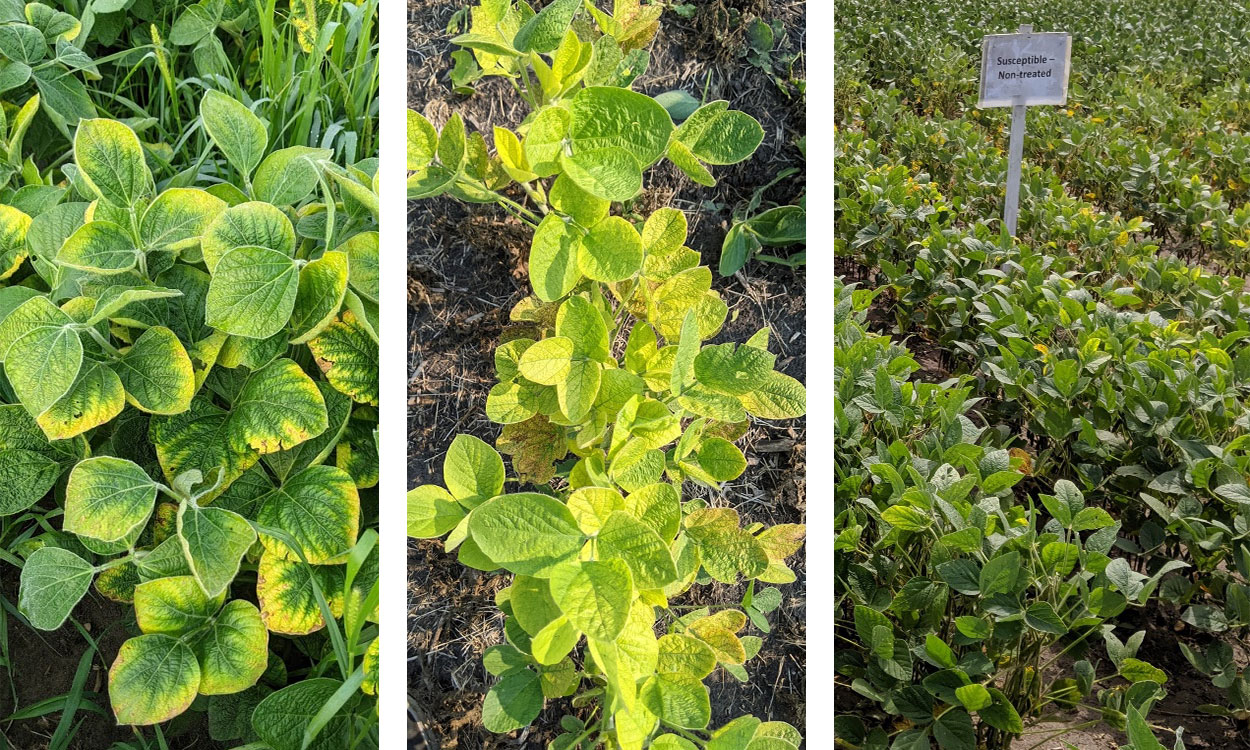
What Is Causing Soybeans to Yellow at This Time?
Recently scouted soybean fields were observed with yellowing plants, and one field was found to have plants dying prematurely. Learn some of the factors that may cause soybean plants to yellow at this time in the growing season.

Diabetes and COVID-19
If you are at higher risk of contracting COVID-19, it is important to take actions to reduce your chance of getting sick. Those at higher risk, including older adults and people who have serious chronic medical conditions like heart disease, diabetes, and lung disease, are encouraged to get ready now!
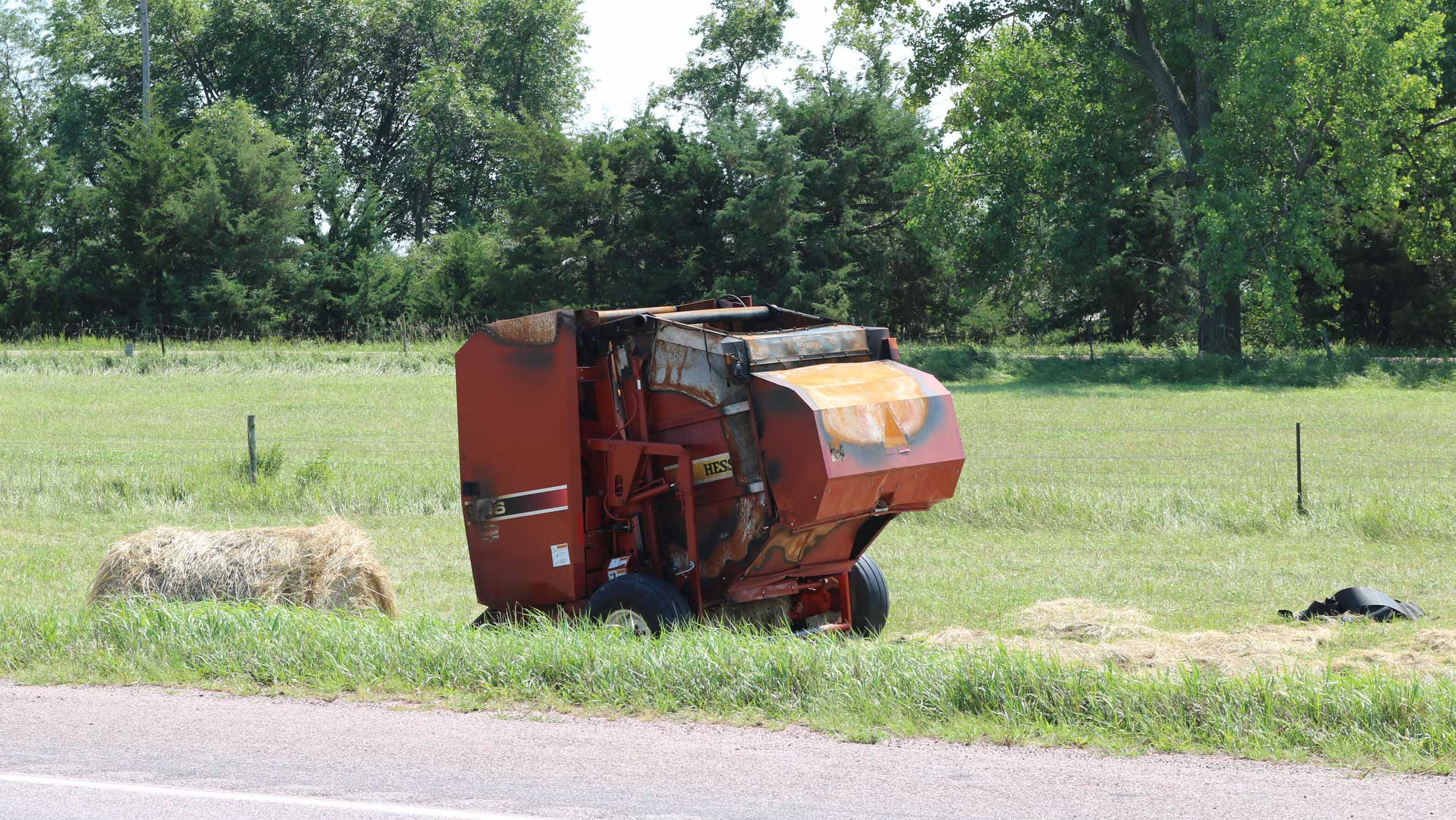
Preventing an Unwanted Baler Fire
Forage harvesting for hay will soon be upon us, and we need to take the time to prepare our equipment and ourselves for a safe and successful forage harvest when utilizing a baler.
What to Do About Ice Covered Trees?
We are experiencing periods of freezing rain across the state. This weather has left many trees covered with a 1/8 to 1/2 inch glaze of ice. The ice weight is resulting in bent and broken branches. Here are a few do’s and don’ts for dealing with ice on trees.